Opioid Poisoning and its Emergency Management
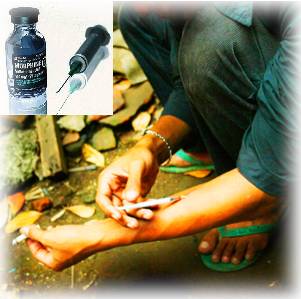
Opioids are among the commonly misused substance by drug abusers around the world. It is well known fact that Opioid comes in various forms – Heroin , Morphine, Methadone, Coedine, Pethidine, Dihydrocoedeine. These are a class of drugs derived from the extracts of plant- opium poppy. Used as Analgesics but most opiates give a feeling of euphoria and a degree of sedation. These side effects are the cause of Abuse of Opioids.
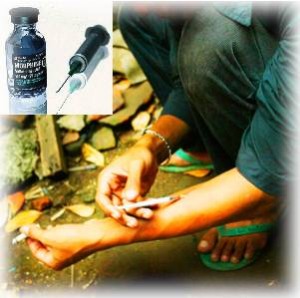
Clinical Features Of Opiod Intake in body are-
- Rapid, intensely presurable experience
- Heightened sexual arousal
- Increase dose required for same experience within weeks
Withdrawl Symptoms include-
- Intense craving
- Rhinorrhea, Lacrimation
- Yawning
- Perspiration, Shivering, Piloerection
- Vomiting and diarrhea, abdominal cramps.
- Tachycardia, hypertension, mydriasis ( dilation of Pupil )
- Facial flushing.
Hallmark Of Opioid Poisoning are-
- Respiratory depression – may lead to death
- Pin-point Pupil
- CNS depression- decresed level of consciousness.
- Signs of IV drug misuse like needle tract marks, tattoo.
Severe –
- Respiratory depression
- Hypotension
- Non-cardiogenic pulmonary edema
- Hypothermia
- Death due to Respiratory arrest and Gastric aspiration
- Others- Ventricular Arrhythmia, Conduction defects and heart blocks
Lab Diagnosis Criteria ( CDC)
- Biologic: A case in which opioids are detected in urine, as determined by hospital or commercial laboratory tests. Fentanyl derivatives and certain other synthetic opioids (e.g., oxycodone) might not be detected by routine toxicologic screens.
– OR-
- Environmental: Detection of opioids in environmental samples, as determined by FDA
Management-
1. Clear Airway and provide Respiratory support
2. Supplement increase flow Oxygen administration
– Severe cases Endotrachel intubation may be required.
3. Antidote– Naloxone is the anti-dote for Opioids. Naloxone is given in dose of 0.8-2 mg bolus IV and repeated every 2 minutes until pupil dilates.
Naloxone is a pure opioid antagonist that prevents or reverses the effects of opioids by direct competition at mu, kappa, and sigma opioid receptor binding sites. It reverses both exogenous and endogenous opioids (endorphins, enkephalins, and dynorphins).
4. O2 saturation must be monitored .
5. Management of Hypotension.
6. CPAP/ PEEP for ventilator support.
SAY NO TO DRUGS- Medchrome Against Drug Abuse

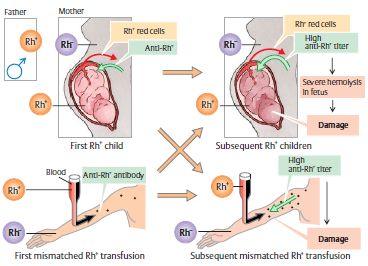
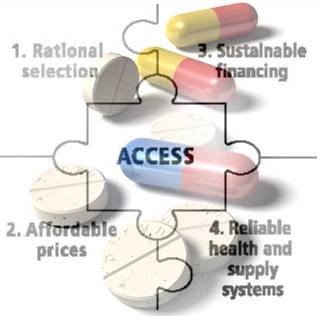
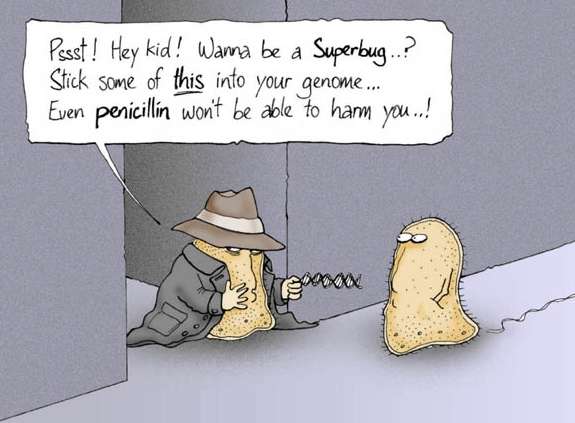
2 Comments
the data is satisfactory…but still needs addition …..hope that in future you will made some additions……and make the date more helpful to the people …
also please give some additional management treatments avail.
thanking you….
We will be working on the article and will republish it soon with updated info.
Thanks for the valuable feedback.
Comments are closed.